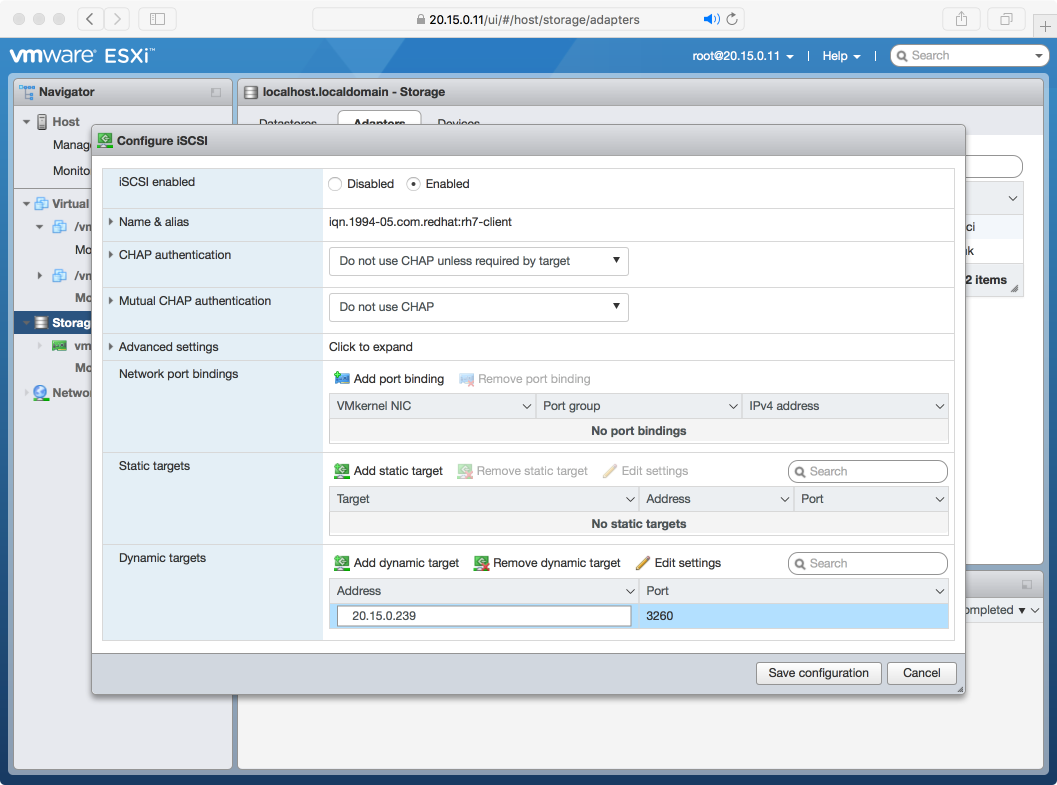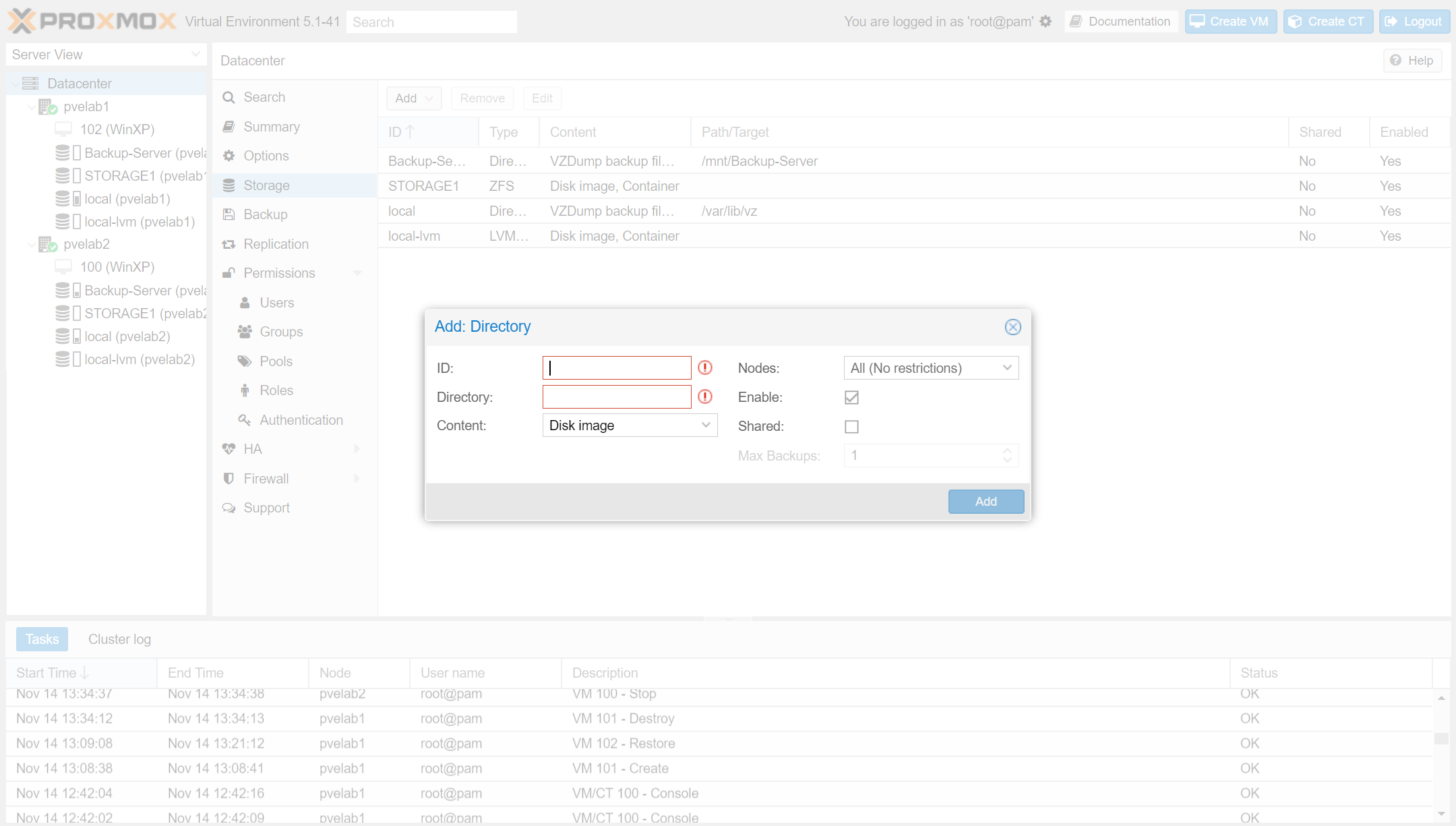

I was able to identify from looking at the iSCSI initiator main screen that it was only initiating Node 0, which according to the Drobo Dashboard was volume 1. So, I started fiddling around with the iSCSI initiator, and seeing what the problem was. To access the iSCSI initiator, Start > Control Panel > Administrative Tools > iSCSI Initiatorģ.
Drobo dashboard remove iscsi initiator install#
ISCSI initiator is included in Windows 7, I believe, but when I installed the Dashboard on my Windows XP machine, it had to install the initiator as a part of installing the Dashboard.


I learned about iSCSI and a bit about the initiator, and from what I learned, I was able to start looking around for the problem on my computer. I did a Google Search using various keywords, and found a bunch of iSCSI articles, none of which were related to Drobo, but I skimmed through them anyways to learn more about iSCSI and the iSCSI initiator. At this point, I was thinking, I need to learn more about iSCSI initiator in order to narrow down the problem. What's wrong with the initiator? Why is it not initiating the 2nd volume?Ģ. Some thoughts came to mind, which needed answering: Via USB, my computer detected both volumes, and mounted them both. I shutdown Drobo, made the connection switch, and powered it back on. I switched the connection back to USB to check to see if the new volume I added was still there or not. I didn't know why, and so I thought the first volume was dead. I did see the new volume mount when I was connected via USB, but when I changed the connection to iSCSI, it wasn't there.
Drobo dashboard remove iscsi initiator how to#
Connect only one of each set, depending on the one selected, it will use the certain link (host NIC).After I was able to figure out how to add additional volumes using the USB 2.0 connection, instead of iSCSI, I ran into another problem when I decided to change the connection back to iSCSI to take advantage of the higher transfer speeds, the new volume didn't mount. (This is so each link is in a separate subnet if you have any other connections to this computer these connections should also be in a separate subnet from them.)ĥ) Connect the B1200i's or Elite/B800i's ports via ethernet cables.Ħ) In the Microsoft initiator add the 2 or 3 IP addresses for the unit in the discovery tab (make sure the correct host NIC is selected for each Drobo IP).ħ) You will then see each target (volume) 3 times in the targets tab.

(You can still have Drobo Dashboard on a different computer, perhaps connected to the MGMT port if you are on a Drobo B1200i.)Ĥ) Configure the 3 gigabit NIC's on the server to be in the same 3 separate subnets your Drobo's NIC's are in. (This can be done via Drobo Dashboard and a single eth connection.)Ģ) Set up IP's on the Drobo's NIC's in different subnets.ģ) Uninstall Drobo Dashboard from the computer you are going to set up multiple connections to. That would manually spread the load as best as possible.ġ) Set up Drobo with the volumes you wish to use. Note that each port will have a different IP address and it's own separated performance, which means if you have three high load targets and three low load targets (for the Drobo B1200i, for example) you could connect one high and one low to each IP manually using the Microsoft iSCSI initiator. When connecting each target (volume/LUN) on the Drobo you can do so via any of the iSCSI ports. As we do not currently support teaming the NICs of our iSCSI devices, here is a way to manually balance loads across iSCSI interfaces:


 0 kommentar(er)
0 kommentar(er)
